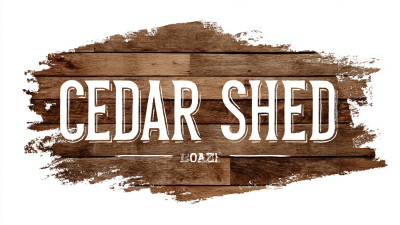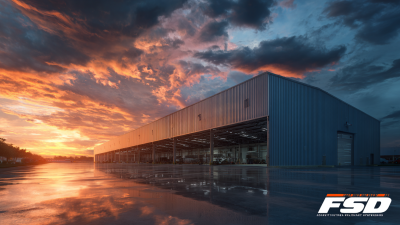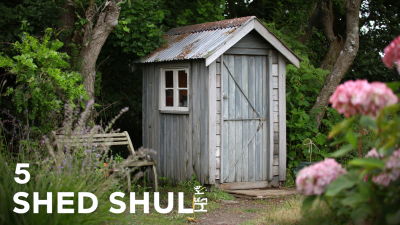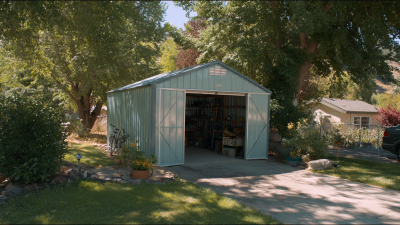Sorry, your browser is not supported. For a better experience, keep your browser up to date. Check here for latest versions
In the pursuit of creating an ideal backyard sanctuary, selecting the right structure can significantly enhance your outdoor space. One popular choice is the Cedar Shed, known for its enduring beauty and natural resilience. However, not all cedar sheds are created equal; factors such as longevity and maintenance requirements play a crucial role in ensuring your investment stands the test of time. This guide aims to help you navigate the myriad options available by focusing on key aspects that influence the durability and upkeep of your cedar shed.
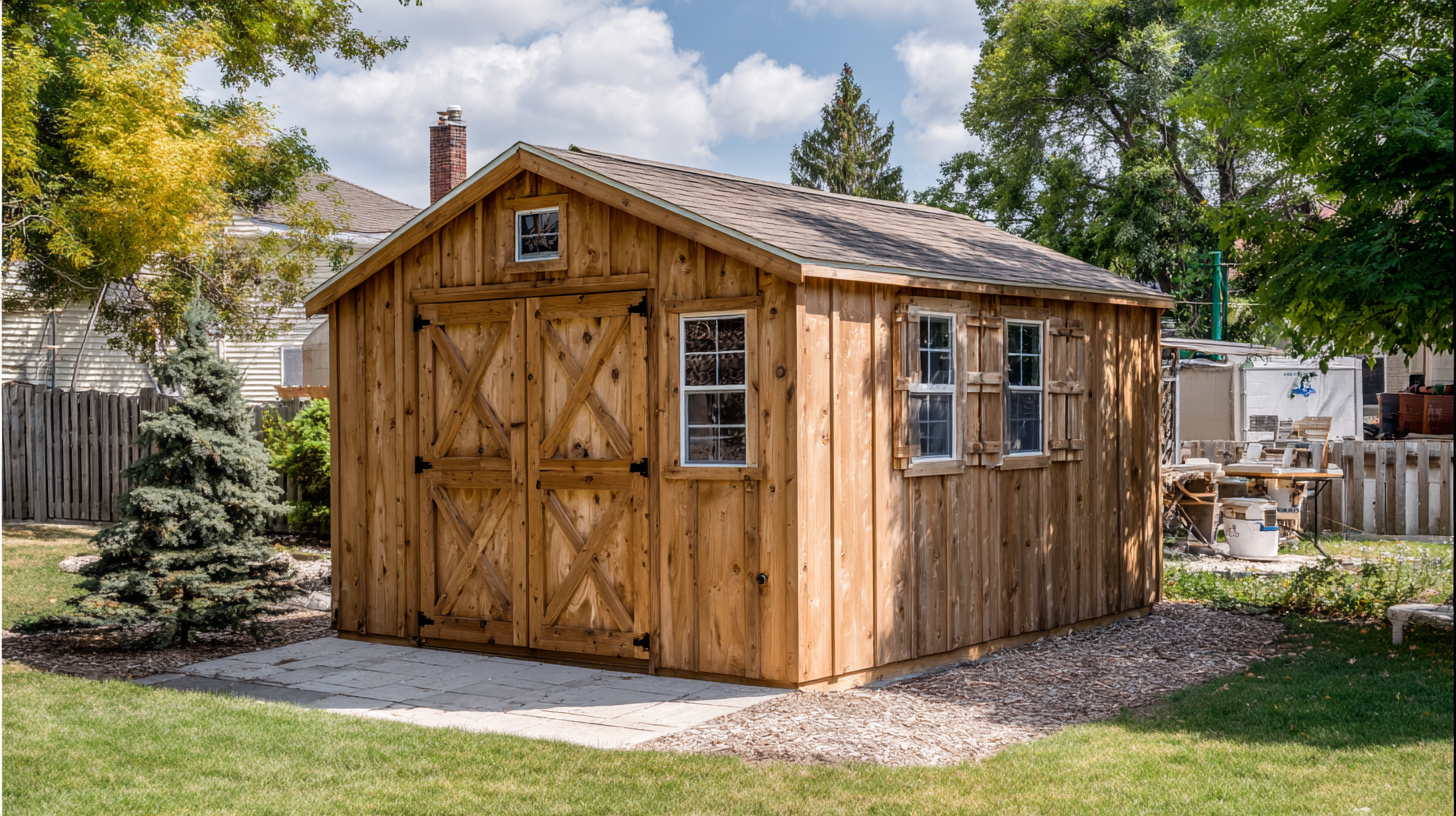
From understanding the types of cedar wood to exploring design features that enhance longevity, this comprehensive overview will provide you with the knowledge needed to make an informed decision. Whether you're looking for storage solutions or a charming garden retreat, our insights will steer you towards the perfect cedar shed tailored to your specific needs and lifestyle.
When selecting a cedar shed for your backyard, it’s essential to consider factors that significantly influence its longevity. One key aspect is the quality of the cedar wood itself, as not all cedar is created equal. According to the Western Red Cedar Lumber Association, Western Red Cedar can last over 30 years when properly maintained, making it an excellent choice for any outdoor structure. The natural oils in cedar provide inherent resistance to decay, ensuring that your shed withstands the elements better than many other materials.
Another crucial factor is the construction technique used for the shed. A report from the American Wood Council highlights that proper assembly techniques, such as using stainless steel fasteners and ensuring good ventilation, can mitigate issues like moisture retention and pest infestation, which are common detractors of wood longevity. Additionally, regular maintenance practices such as applying quality sealants and stains can enhance the lifespan of your cedar shed by protecting it from the damaging effects of UV rays and weather conditions. By focusing on these factors, you can ensure that your investment in a cedar shed pays off in terms of durability and aesthetic appeal for years to come.
When selecting a cedar shed for your backyard, understanding maintenance requirements is crucial for ensuring longevity and functionality. Cedar wood, prized for its natural resistance to rot and insects, typically requires less maintenance compared to other materials. According to a study by the Western Wood Products Association, cedar’s natural oils can effectively ward off decay, extending the lifespan of your shed up to 15-20 years with proper care.
To maintain a cedar shed, regular inspections for signs of wear or damage are imperative. Research shows that applying a suitable wood preservative every three to five years can enhance the wood’s protection against the elements. Furthermore, industry data indicates that keeping the shed clean and free from debris can prevent moisture buildup, a common cause of wood deterioration. By adhering to these maintenance guidelines, homeowners can ensure that their cedar shed remains a beautiful and functional element of their backyard for many years to come.
| Feature | Description | Maintenance Frequency | Expected Longevity |
|---|---|---|---|
| Type of Cedar | Western Red Cedar for resistance to decay | Annual cleaning and treatment | 15-30 years |
| Roof Material | Asphalt shingles for water resistance | Every 2-3 years for inspection | 20-25 years |
| Foundation Type | Concrete blocks or gravel base | Inspect annually for settling | Indefinite with proper drainage |
| Stain/Sealant | Natural oil-based products for protection | Every 2-3 years | 10-15 years |
| Ventilation | Ensure airflow to prevent mold | Monthly checks | Extends longevity significantly |
When considering a cedar shed for your backyard, one of the most critical aspects to evaluate is its weather resistance. Cedar wood naturally possesses properties that make it durable against various weather conditions. Its natural oils serve as a barrier against moisture, helping to prevent rot and decay. However, the quality of cedar can vary, so it’s essential to choose a shed made from the highest grade of cedar to ensure maximum longevity.
**Tips:** To enhance the weather resistance of your cedar shed, regularly apply a high-quality wood preservative that is specifically designed for outdoor use. This will help seal the wood and protect it from UV rays, mold, and mildew. Additionally, consider elevating the shed slightly above ground level to promote airflow and reduce moisture accumulation.
When selecting cedar shed materials, pay attention to the construction and treatment methods. Look for features like tongue and groove joints that create a tighter seal against the elements. Opting for a shed with proper ventilation can also help manage humidity levels inside, further protecting the structure from potential weather-related damage. By carefully considering these factors, you can ensure your cedar shed remains a resilient addition to your outdoor space.
When considering a cedar shed for your backyard, it's crucial to assess not only the longevity but also the compatibility of size and design within your outdoor space. According to industry reports, a well-constructed cedar shed can last anywhere from 15 to 30 years, especially when properly maintained. This longevity makes cedar a popular choice for homeowners looking to add durability to their outdoor storage solutions. When selecting a shed, measure your space carefully; ensure that it harmonizes with existing landscaping and structures to create a cohesive look.
In addition to longevity, consider design options that suit your backyard aesthetics. A simple gable roof sheds water effectively while offering ample overhead space, which can be a stylish complement to many homes. Reports indicate that sheds with windows not only improve visibility but also enhance ventilation, promoting a healthier environment for stored items.
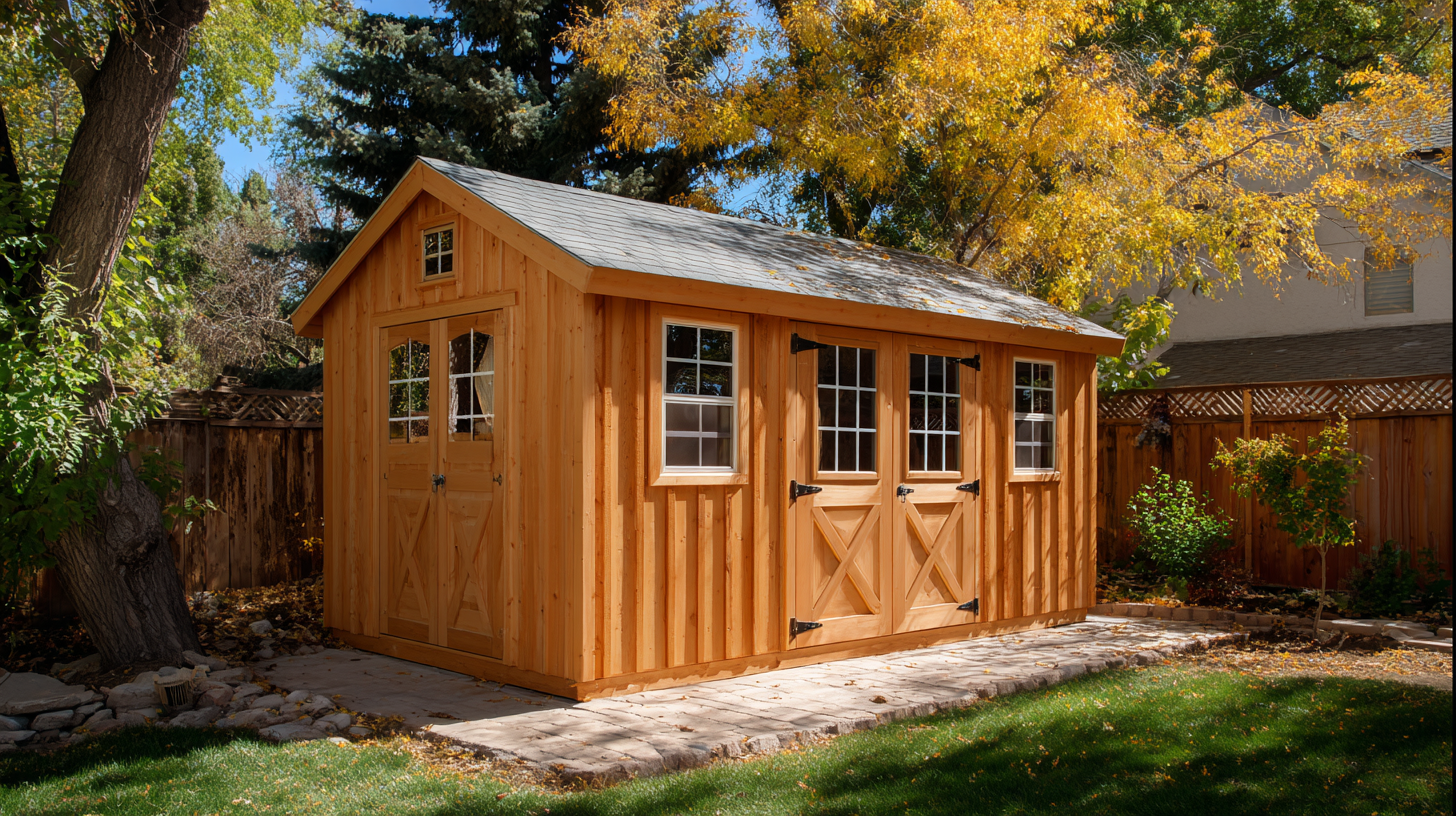
Tips:
- Measure your available space thoroughly before shopping to avoid mismatches in size.
- Choose a design that complements your home’s architectural style for a more integrated look.
- Opt for features like ventilation and natural lighting to maximize the functionality of your shed.
 When considering a cedar shed for your backyard, a cost-benefit analysis reveals compelling advantages over sheds made from other materials. According to a report by the National Association of Home Builders, the average lifespan of a well-maintained cedar shed can reach up to 20 years, significantly outpacing options like vinyl or metal, which average around 10-15 years. This longevity translates into less frequent replacements, ultimately saving homeowners money in the long run.
When considering a cedar shed for your backyard, a cost-benefit analysis reveals compelling advantages over sheds made from other materials. According to a report by the National Association of Home Builders, the average lifespan of a well-maintained cedar shed can reach up to 20 years, significantly outpacing options like vinyl or metal, which average around 10-15 years. This longevity translates into less frequent replacements, ultimately saving homeowners money in the long run.
Maintenance also plays a crucial role in the cost-benefit equation. Cedar is naturally resistant to decay and insect damage, requiring less upkeep than sheds constructed from composite materials. A study by the American Wood Council highlights that maintenance costs for cedar can be roughly 30% lower than those for vinyl, which requires a consistent schedule for cleaning and potential repairs. By investing in a cedar shed, not only do you gain a durable structure, but you also enjoy reduced maintenance costs, leading to a greater return on your investment.

